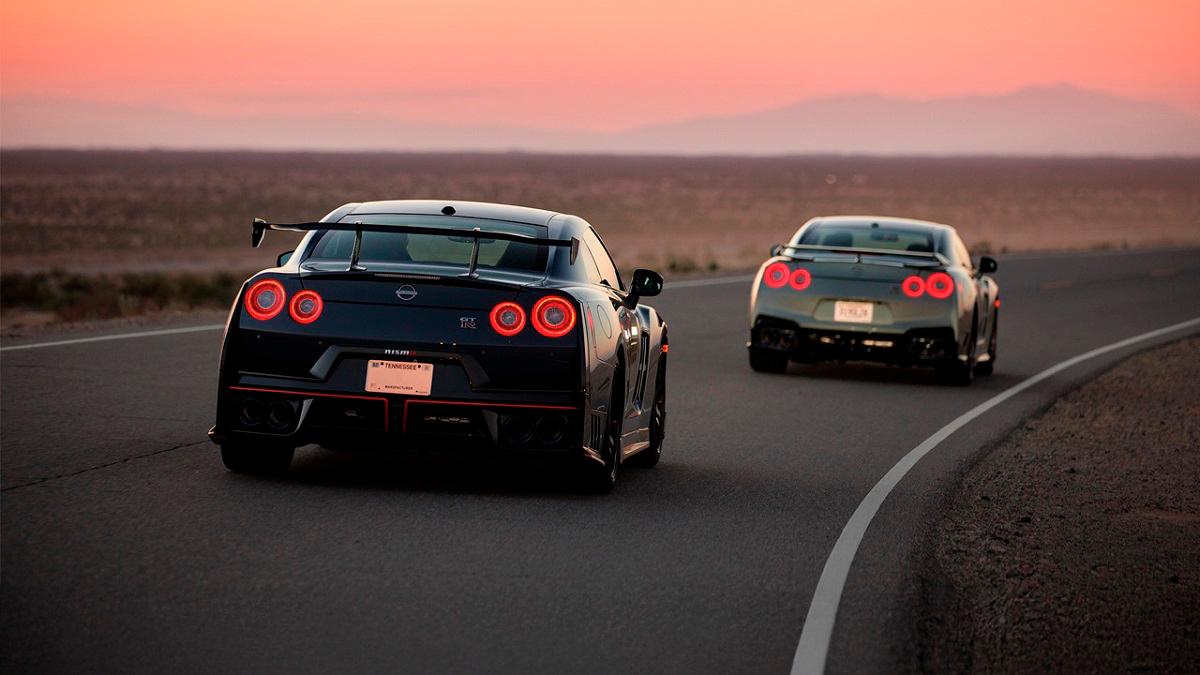AFTER nearly two decades, Nissan has officially brought an end to production of the R35 GT-R, marking the close of an era for one of the most iconic performance cars of modern times. The final assembly for the Japanese domestic market, the last region where the model remained on sale, has now concluded, drawing the curtain on a remarkable 18-year run.
Since its global debut in 2007, the R35 GT-R has stood as a symbol of cutting-edge engineering and relentless performance, capturing the imagination of enthusiasts and setting new benchmarks in the supercar world. Over its lifespan, approximately 48,000 units were produced, with the very last car, a Premium Edition T-Spec finished in the famed Midnight Purple, destined for a customer in Japan.
The final send-off took place at Nissan’s Tochigi plant, where workers gathered to celebrate the GT-R’s enduring legacy as the last example rolled off the line. The R35’s history, however, is far from a conventional one. Instead of following the industry’s typical model lifecycle, Nissan opted for continuous evolution, with year-on-year refinements that sharpened performance, comfort, and technology. Whether in standard form, the luxurious variants, or the ferocious NISMO editions, every update aimed to push the envelope a little further.
At the heart of the R35 GT-R lay the VR38DETT twin-turbo V6 engine, paired with Nissan’s ATTESA ET-S all-wheel-drive system and advanced aerodynamics. Each engine was hand-built by a small group of just nine Takumi master craftsmen at Nissan’s Yokohama plant, their names etched onto plaques affixed to every unit — a testament to the precision and pride invested into each car. Power grew over the years, starting at 480ps in 2007 before climbing to 570ps by 2017. The ultimate GT-R NISMO variants went even further, with GT3 racecar-spec turbochargers and meticulously balanced internal components pushing output to 600ps.
The R35’s legacy also extends to the racetrack. The car claimed five GT500 class and three GT300 class wins in Japan’s SUPER GT Championship, triumphed in the Blancpain GT Series Pro-Am in 2013, secured a Bathurst 12 Hour victory in 2015, and earned multiple Super Taikyu endurance racing titles. At the Nürburgring Nordschleife, the GT-R etched its name in history with a series of record-breaking laps. From its 7:38 run in damp conditions at launch in 2007, to a blistering 7:08.679 lap set by Michael Krumm in a GT-R NISMO in 2013, the R35 consistently proved its prowess against the world’s toughest competition.
Closer to its home, the GT-R NISMO also shattered records at Japan’s Tsukuba Circuit. In 2019, driver Tsugio Matsuda clocked a record-breaking lap time of 59.361 seconds in a 2020 GT-R NISMO. The team later returned in 2024, improving on their own feat with a new best of 59.078 seconds. Beyond the racetrack, the R35 even entered the Guinness World Records in 2016 for the fastest drift ever achieved, a jaw-dropping 304.96 km/h at a 30-degree angle in Fujairah, UAE.
Ivan Espinosa, President and CEO of Nissan, reflected on the end of production by acknowledging the car’s profound impact on automotive history. He credited the dedication of Nissan’s engineering teams and the loyalty of GT-R fans worldwide for making the R35’s journey so extraordinary. While production has now ended, Nissan has made it clear that the GT-R nameplate is not retiring with it. The company has confirmed its intention to carry the spirit of the GT-R forward, promising that the lessons learned from the R35 will help shape the next chapter of the iconic badge.
The R35 GT-R leaves behind a legacy that few performance cars can match. It not only redefined what a Grand Tourer could be, balancing refinement, usability, and blistering speed, but also continuously raised expectations in the supercar world. For enthusiasts, this may be the end of one chapter, but Nissan has made it clear: the GT-R story is far from over.









